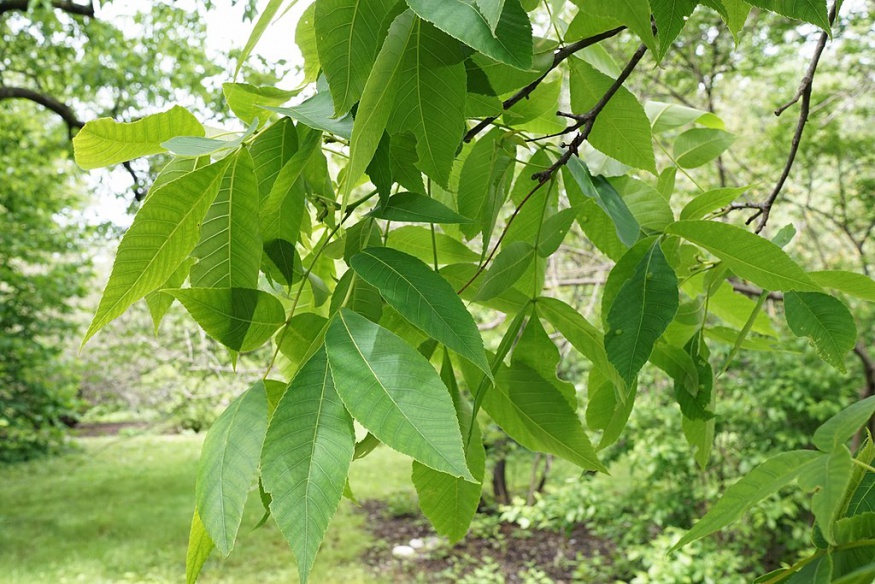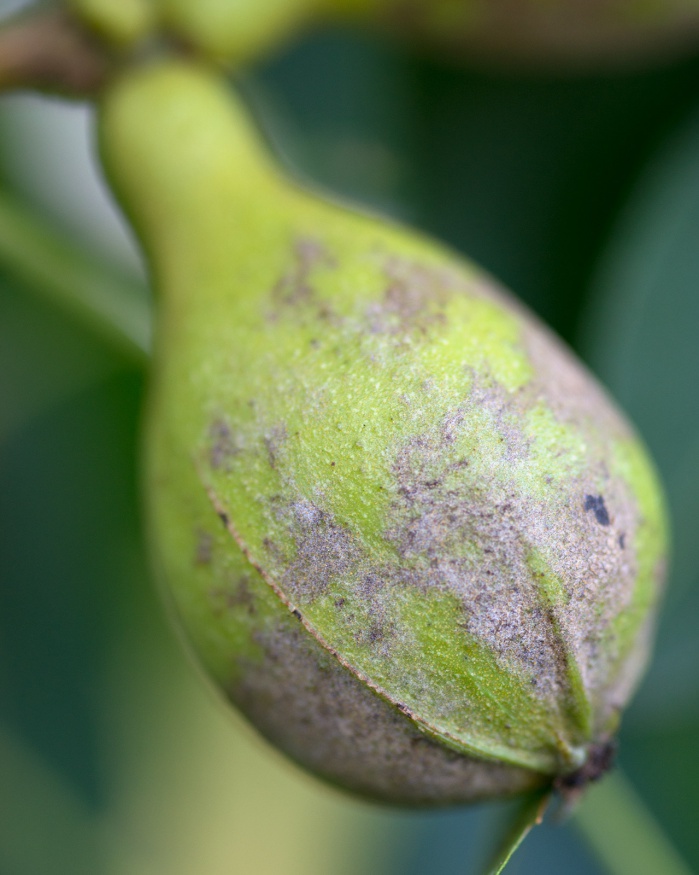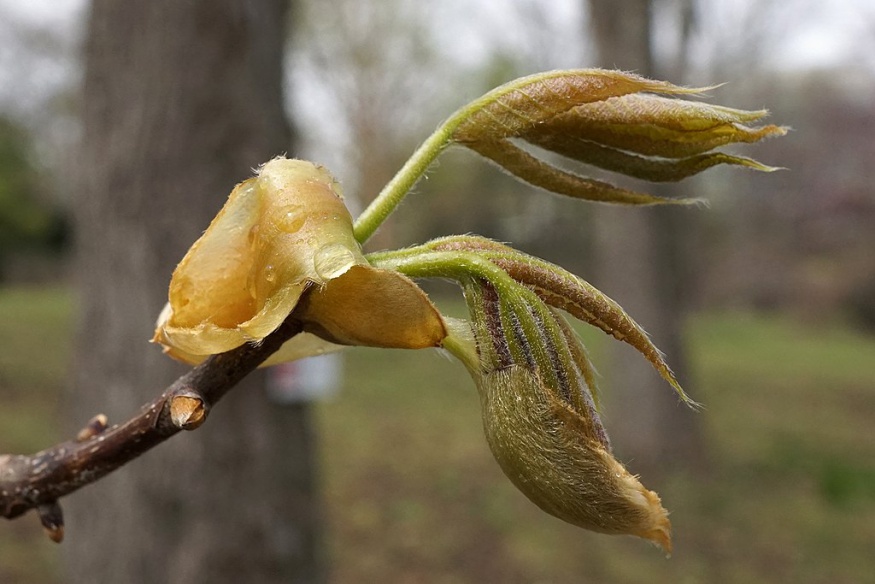Pignut Hickory

Family: Juglandaceae Native to: Eastern North America
Hardy to zone: 4
Eco benefits: valuable wood, edible nuts
Natural habitat: inner forests, hillsides & uplands, rocky slopes
Shapes: round, oblong
Height: 50-60ft
width: 25-35ft
Growth rate: medium
Unique attractions: fall colour, fruit
Common uses: reforestation
Light: full sun, partial shade
Transplanting: difficult
Soil: moist and fertile, well drained, drought tolerant, ph adaptable


The pignut hickory is a medium to large, oblong-shaped Tree native to the eastern Corlinian forest. It is known for its Pear-shaped fruit and edible but bitter nuts. Pignut hickory bark is solidly ridged and furrowed unlike the shagbark hickory. Its Hard, durable wood make it valuable for tools or firewood. Hickory nuts support wildlife such as squirrels, mice, and deer. Its range is broad but scattered throughout forests and uplands.
References:
The Morton Arboretum, (n.d.). Pignut hickory. retrieved from https://www.mortonarb.org/trees-plants/tree-plant-descriptions/pignut-hickory
Paul Nelson, (n.d.). Pignut Hickory Carya glabra. Retrieved from https://nature.mdc.mo.gov/discover-nature/field-guide/pignut-hickory
Wikipedia, (n.d.). Carya glabra. Retrieved from https://en.m.wikipedia.org/wiki/Carya_glabra